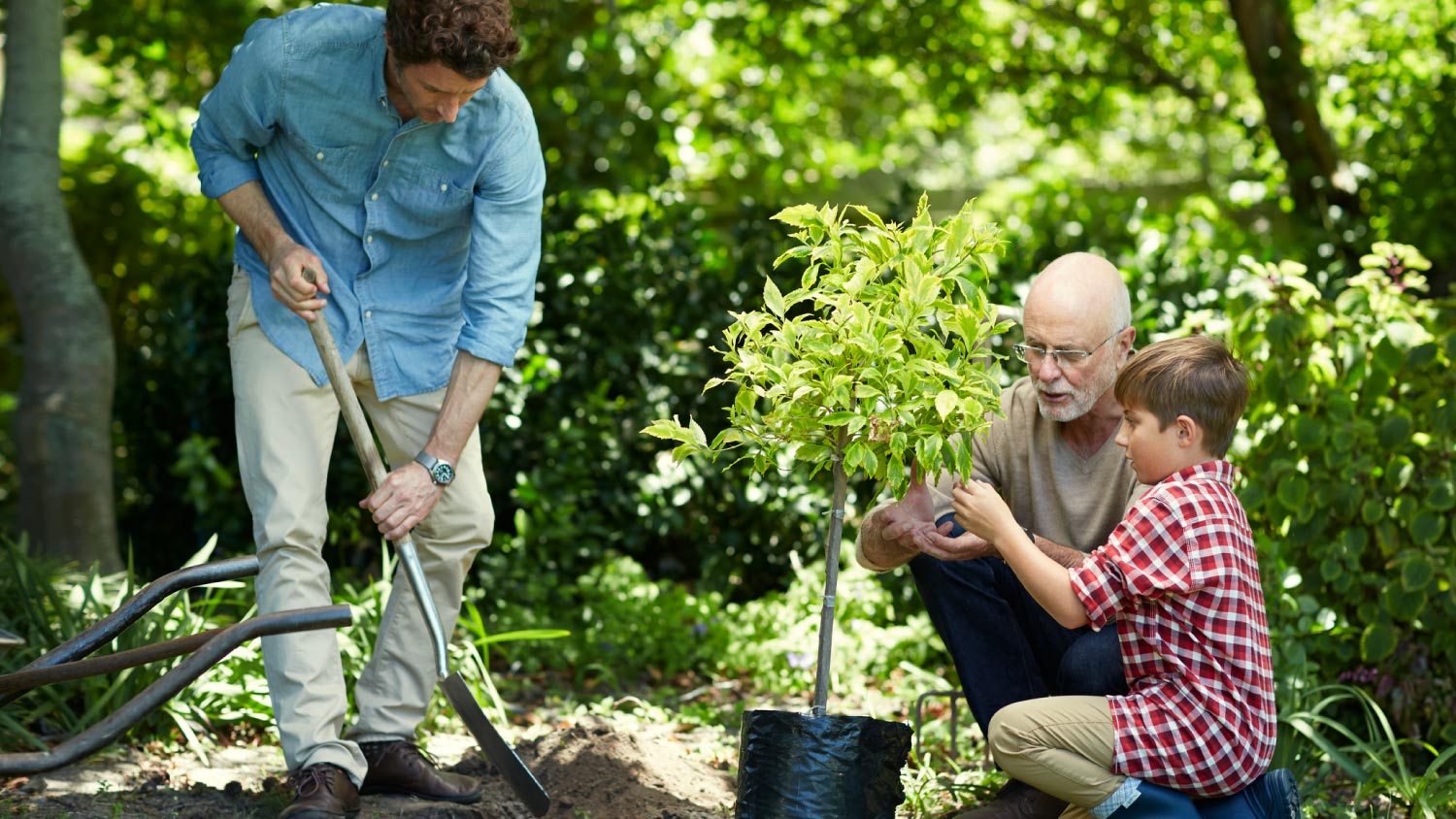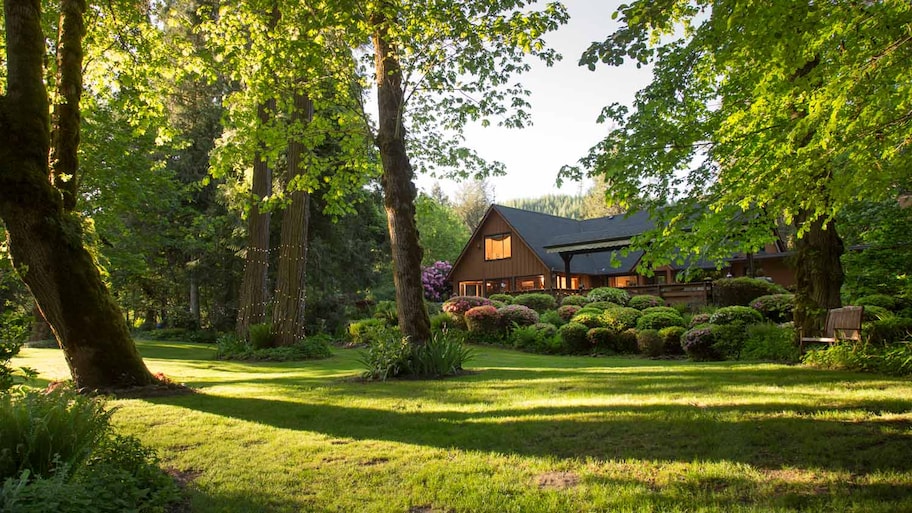Need to Hire an Arborist? Here’s What You Need to Know
Give your trees expert treatment by hiring a certified local arborist


If you need to hire an arborist to treat a sick tree, we’ve got you covered. Certain states require a license for professional arborists, and there are also permits or certification mandates in many cities and municipalities. To ensure you're choosing a top-tier tree professional, look for arborists certified by the International Society of Arboriculture (ISA) and similar authorities. This arborist hiring guide will help you find the perfect tree care expert.
What Services Does an Arborist Offer?
An arborist is a specially trained tree care professional who provides a variety of services to ensure the health, safety, and beauty of your trees and shrubs. Here are some key services arborists can provide:
Tree health assessments: If your trees are showing signs of distress or disease, such as dying leaves, root rot symptoms, discoloration, and abnormal growth, a professional arborist can pinpoint the issue and develop the best plan for treatment.
Preventative care: Through regular check-ups and maintenance, arborists can monitor your trees and shrubs for early signs of issues so they don’t turn into major problems. Arborists know how to protect trees from frost and can administer other seasonal treatments to maintain the health of your tree.
Pruning and trimming: Pruning is an essential part of maintaining a healthy tree, though it can be difficult to determine when and how much to prune trees. Arborists are experts at pruning and trimming your trees to promote healthy new growth.
Pest control: Arborists are well-versed in the types of pest control treatments available and which to use based on the type of tree and the pest. They also know when to spray fruit trees for bugs and apply pest control treatments to other types of trees at the ideal time.
Tree removal: When trees are beyond saving, arborists can safely and efficiently remove them. With the right equipment and expertise, they ensure the removal process doesn’t harm your property or the surrounding environment. Always make sure the arborist is licensed and insured for these complex and potentially hazardous tasks.
Can You DIY Tree Care Projects?
When it comes to tree care, there are, unfortunately, many potentially devastating mistakes made by DIYers. Proper technique, timing, and problem identification are very difficult to pull off without the right training and experience. Tasks like tree removal can be dangerous and even illegal to do without a license. Professional arborists know the best and worst time to prune trees, how much to prune, how to identify and treat pests and disease, and much more.
Tips for Hiring a Professional Arborist

When hiring an arborist, there are several important steps to take to ensure you choose the right professional for your needs. Here are the main tips to keep in mind.
1. Plan Your Tree Project Ahead
To help you get an accurate quote, here are a few details to have on hand:
Type of tree
Size of the tree
Number of trees to work on
Any specific concerns
Symptoms or issues to address
It’s also wise to consider the time of year in relation to your tree project. For example, spring is the best time to plant trees, while the dormant season is the optimal time for pruning, so it’s good practice to book your services during these times.
2. Check Your Arborist’s Qualifications and References
Certification isn’t always required to become an arborist, but many arborists can undertake third-party certification programs that offer additional training on tree care and safety. Popular certifications for arborists include programs from The International Society of Arboriculture (ISA) and the Tree Care Industry Association (TCIA). Arborists who perform tree removals may also benefit from earning the Certified Tree Care Safety Professional (CTSP) credential from TCIA..
3. Interview Professional Arborists and Get Multiple Quotes
It's essential to interview at least three arborists to compare their qualifications, methods, expert opinions, and pricing. Getting multiple quotes allows you to find the best fit for your budget and project needs. Make sure quotes are in writing and include details such as the scope of work, estimated time frame, and payment structure.
Questions to Ask an Arborist
Before hiring an arborist, it’s helpful to ask key questions to ensure they’re well-qualified for your project:
Are you ISA-certified?
Do you carry tree service insurance and workers' compensation?
Can you provide references from recent clients?
What safety measures will you take to protect my property?
Will you provide a written estimate for the job?
How do you handle clean-up after completing the job?
How do you manage tree diseases or pest infestations?
What safety protocols do you follow when working on tall trees?
Choosing the Right Arborist
Selecting the right local arborist is crucial for the health and safety of your trees and property. A certified, experienced arborist can provide expert advice, handle complex or hazardous projects safely, and ensure the health of your trees. Hiring through a trusted platform like Angi connects you with qualified local arborists who are vetted and experienced to give your trees the best care possible.
After Your Arborist Has Finished
Once your arborist has finished their assessments, treatments, and maintenance tasks, they will likely have some follow-up care tips. They’ll conduct a final walk-through to ensure the service results are up to your expectations. If you’re happy with their work, offer to be a reference, and be sure to leave them a favorable review online to help others vet and hire them for future projects.





- What Is a Tree Expert Called?
- Who Do I Call to Cut Down a Tree?
- Who Do You Hire to Plant Trees? A Complete Guide
- How to Find a Good Tree Removal Service
- Who Should I Call for a Sick Tree?
- How to Save a Dying Tree: 8 Tips to Try
- Who Should I Call When a Tree Falls in My Yard?
- When To Cut Down A Tree: 13 Ways To Tell
- Who Do You Call To Clear Away Dead Trees?
- Who Do I Hire to Spray My Trees? A Complete Guide










